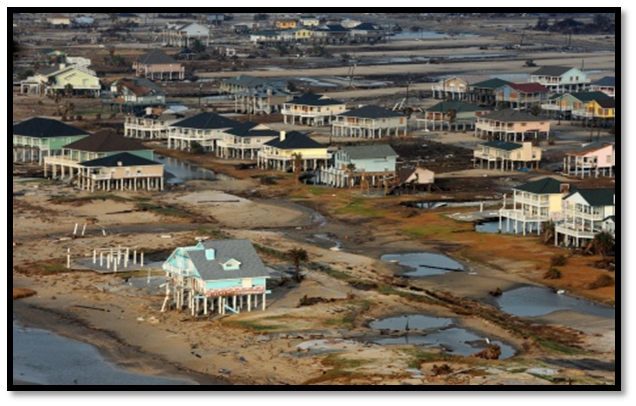by Reeva Dua
On June 11, 2013, Mayor Michael Bloomberg released a 422 page report, titled “A Stronger, More Resilient New York,” that analyzes climate change risks to New York City and recommends adaptive strategies for fifteen critical infrastructure areas and several particularly vulnerable neighborhoods. A press conference was held in the symbolic “Can Do” Brooklyn Navy Yard inside the Duggal Greenhouse and was attended by elected officials, business and community leaders, and climate experts.
The Report is part of PlaNYC, a sustainability initiative that began in 2007 and addresses climate change in NYC, as well as part of Mayor Bloomberg’s “Special Initiative for Rebuilding and Resiliency” that began in the aftermath of Hurricane Sandy.
According to the New York Panel on Climate Change (NPCC), roughly 270,000 jobs are currently located within the federal government’s 100-year flood plain. However, due to sea level rise and more severe storms, as explained by Bloomberg at the press conference, by 2050 “up to one-quarter of all New York City’s land area, where 800,000 residents live today, will be in the floodplain.”
The risks are high and affect a large population of New Yorkers. However, Bloomberg insistently expressed his view that New Yorkers who are vulnerable to such climate risks “cannot and will not” retreat from their neighborhoods. Rather, the City should adapt and make “investments that will pay for themselves many times over in the coming years.” His reasoning is that “our waterfronts are one of our greatest assets” and the number of New Yorkers who would be affected by sea level rise is too great to simply retreat and abandon the vulnerable areas.
This is a significant claim given the ongoing controversy over whether to adapt or retreat. Klaus Jacob, a member of the NPCC and a geophysicist at the Columbia University Lamont-Doherty Earth Observatory, has often urged for retreat. In January, he told the Gotham Gazette that by the end of the century parts of the city could be inundated under 6 feet of water and would be simply “uninhabitable.”
However, the Report’s recommendations focus primarily on defending the coast. Projects include restored dunes, widened beaches, levees, bulkheads, tide gates, as well as floodwalls that are integrated into existing communities and surge barriers to shut the “back-door flooding” (flooding from overrun creeks and rivers).
Some of these projects are already underway, including beach restoration and strengthening dune systems across Staten Island, South Brooklyn, and Queens including in Coney Island and the Rockaways.
In addition to coastal protection, the City will strengthen existing buildings by designating $1.2 billion for flood resistant measures, updating zoning and construction codes, rebuilding damaged housing stock, retrofitting public housing, and launching a sales tax abatement program for industrial businesses in coastal areas.
The report also proposes a goal to reduce insurance prices. This move comes in stark contrast to the Biggert-Waters Flood Insurance Reform Act that was passed by Congress in August 2012 and that will gradually increase insurance prices for homes in the most vulnerable areas. Mayor Bloomberg explained that insurance will be a top priority in the coming weeks and that the City will lobby Congress to amend the existing insurance regulations and allow for a “partial rate reduction for homes that make flood-related improvements, even if they do not involve elevation” of homes. Currently, only homes that elevate their living quarters are eligible for a rate reduction.
The estimated cost of all the recommended projects in the Report is $19.5 billion. Approximately $10 billion has already been appropriated and will come from City capital funding and Federal relief funding. Another $5 billion has been allocated from Federal government and FEMA funding for subsequent Sandy relief and sources. The City plans to lobby the Federal government for the remaining $4.5 billion.
Mayor Bloomberg noted in his speech that it is an ambitious project that will require collaboration between agencies and community partners. However, he was hopeful that over the last 203 days of his administration, his Office would make progress and be ready to hold his “successor accountable for getting it done” and building a “stronger, more resilient – and greater – New York City.”
The full Report is available here.




